Aluminum’s properties grant it many advantages that differentiate it from other metals. Aluminum is versatile, sustainable, and recyclable, and it’s only about one third of the weight of steel.
Deep-drawn aluminum parts are becoming more and more popular among manufacturers and customers alike. Some benefits associated with deep-drawn aluminum include:
- The ability to be used in a wide range of applications
- High impact and rust resistance
- An exceptional strength-to-weight ratio
These properties have made it a popular choice for applications in the aerospace, automotive, and medical industries, to name just a few.
Advantages of Aluminum Components
Deep-drawn aluminum part manufacturing can provide customers with a wide variety of advantages. The following are some key benefits that come with this process:
- Some aerospace products can only function within certain weight tolerances. Because aluminum offers a high strength-to-weight ratio, it’s an ideal alternative to steel in such cases.
- Outer-body automotive panels are always at risk of becoming dented from impacts and collisions. Deep-drawn aluminum’s high level of dent resistance means that it takes more force to dent aluminum panels than those formed from other metals.
- Aluminum is fully recyclable, meaning that even when an application has reached the end of its service life, the raw material does not have to go to waste.
- Aluminum’s natural corrosion resistance means that it doesn’t have to undergo extensive, regular treatment, and it can withstand a lot of environmental wear on its own.
- Aluminum is known to be an electrical and thermal conductor of the highest order.
- Deep-drawn aluminum parts are very cost-effective, and they can be adapted to work well for both low- and high-volume production runs.
The Process of Forming Deep-Drawn Aluminum Parts
Aluminum stamping compresses aluminum into specified shapes and forms. Deep drawing offers many advantages over aluminum stretching because aluminum is a highly inelastic material. The deep-drawn aluminum forming process is made up of several steps.
At the start of the deep drawing process, an aluminum part is pulled, or drawn, into a stamping machine’s die cavity. The cavity depth equals or exceeds the minimum part width. The operator must ensure that an acceptable draw ratio is in play, since metal in compression tends to resist flow. Subsequently, the deep drawing process employs radial tension-tangential compression to form the metal into the desired shape.
This process turns flat sheet metal, also known as “blanks,” into hollow cylindrical or box-shaped enclosures with straight or tapered sides. End products can also be in the form of a combination of tapered, curved, and straight sides.
A series of dies redraws the enclosure and gradually reduces its diameter while increasing its length. While these operations are in effect, the part’s wall thickness undergoes minimal change.
Since deep drawing is a cold working process, one side effect of these operations is a hardening of the aluminum material, which makes it tougher and more durable. Additionally, the grain structure of the aluminum undergoes changes as the blank forms and stretches into its final shape. This also boosts the aluminum’s strength capabilities.
A Leader in Deep-Drawn Aluminum Manufacturing
Deep-drawn aluminum part forming offers a number of key advantages for end application usage. This process can supply customers with durable, high-quality, and cost-effective parts to meet their business needs.
Hudson Technologies is a leading manufacturer of deep-drawn aluminum components. We take great care to ensure that our parts meet precise customer specifications and are delivered within reasonable lead times. If you would like to learn more about our deep-drawn aluminum manufacturing capabilities, contact us to request a free quote.







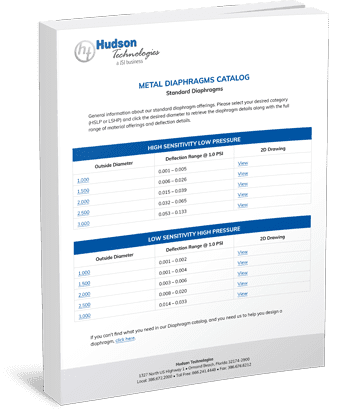


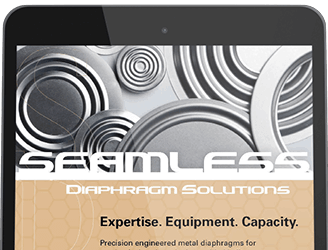
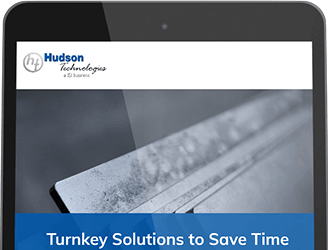
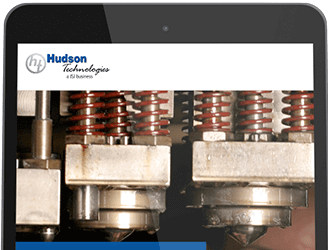






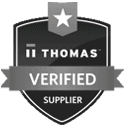

Leave a Reply